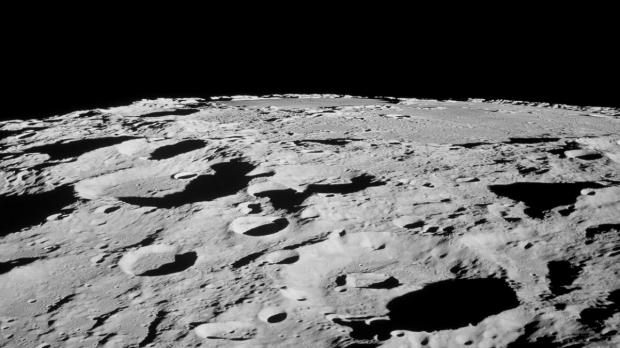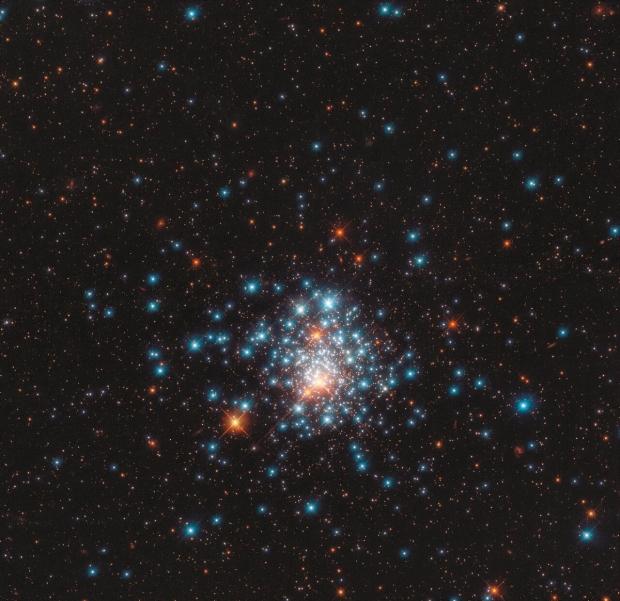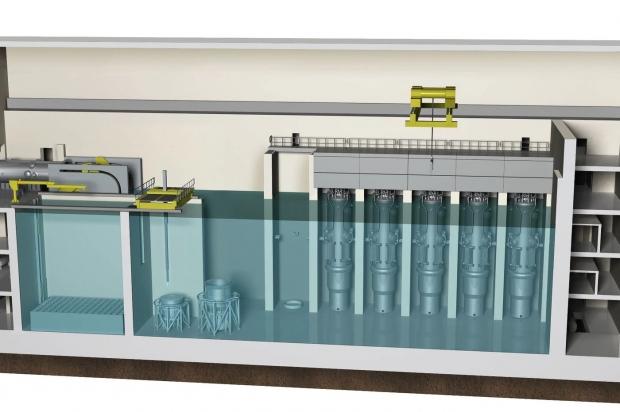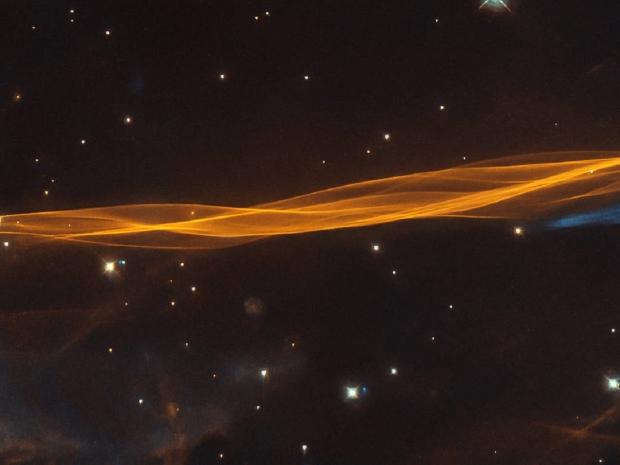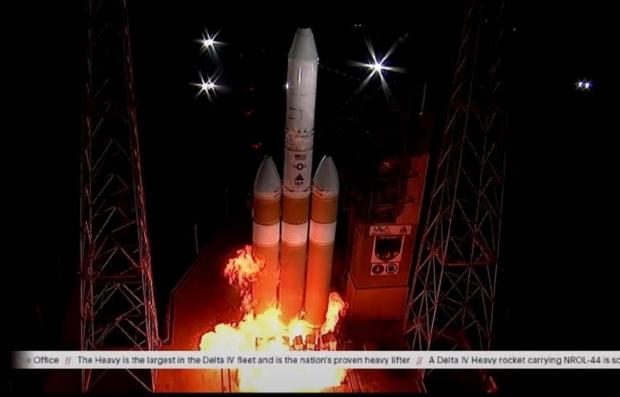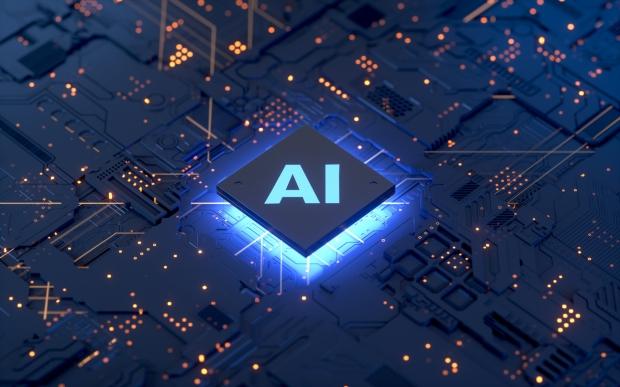Science, Space, Health & Robotics News - Page 340
Scientists may have just found the cure for a hangover
If you are above the age of 21 or even a little bit younger, than you probably know the effects of what a hangover feels like.
But what if I could tell you scientists have concluded what supplements can be taken to reduce the effects of a hangover? A new study has been published in the journal Alcohol and Alcoholism, and the focus of the study was to find out if the amino acid L-cysteine has the ability to significantly reduce hangover symptoms such as headaches, lethargy, anxiety, and nausea/vomiting.
The researchers write, "Alcohol-related hangover symptoms: nausea, headache, stress and anxiety cause globally considerable amount of health problems and economic losses. Many of these harmful effects are produced by alcohol and its metabolite, acetaldehyde, which also is a common ingredient in alcohol beverages. The aim of the present study is to investigate the effect of the amino acid L-cysteine on the alcohol/acetaldehyde related aftereffects."
Continue reading: Scientists may have just found the cure for a hangover (full post)
Japan is sending 4K and 8K cameras to both Mars, and its moons
We're about to get some big camera upgrades on the Red Planet, with the Japan Aerospace Exploration Agency and broadcaster NHK teaming on making new 4K and 8K cameras.
These new 4K and 8K cameras will be sent to capture images of Mars and its moons (both Phobos and Deimos) for the future Martian Moons Exploration (MMX) missions. Unlike Intel's multimedia instruction set, this version of MMX will take pictures and send them back to Earth to "create a smooth image".
The originals, however, will be stored on the capsule that will return to our pale blue dot. Japan is expected to have its MMX spacecraft liftoff in 2024, reaching Mars by 2025 -- then add another year for the capsule with the original pictures taken to arrive back home.
Continue reading: Japan is sending 4K and 8K cameras to both Mars, and its moons (full post)
NASA announces it will pay private companies to collect Moon rocks
As apart of the Artemis program that will be sending the first woman and the next man to Moon's surface, NASA has announced it's looking for private companies to acquire some lunar dirt.
The announcement was made on the NASA website, and says that the space agency will pay private companies to "collect a small amount of Moon 'dirt' or rocks from the lunar surface". According to the NASA website, private companies will be required to put in a proposal with the space agency, as well as provide imagery of the collection and collected materials, and location data.
NASA Administrator Jim Bridenstine, "We are putting our policies into practice to fuel a new era of exploration and discovery that will benefit all of humanity". The goal of collecting lunar surface samples is to expand our knowledge of the Moon's surface, which will then benefit all of humanity as the knowledge will be relevant in the future years to come with the Artemis program. If you are interested in reading the blog post for yourself, check out this link here.
Continue reading: NASA announces it will pay private companies to collect Moon rocks (full post)
You may have never seen a Sunspot in this much detail before
If you are like me, you really like high detail images of the beauties of space, and what object to capture in glorious high-detail than our Sun?
Above, we have an image of a sunspot, which is created by pockets of magnetic activity on the Sun's surface. These magnetic fields then trap stellar plasma and create a cool region located in the center. These spots can result in a coronal mass ejection (CME), or solar flares.
Researchers used the GREGOR telescope located at the Teide Observatory in the Canary Islands to capture this stunning image of a sunspot. While the spot itself may seem small, it should be noted that they can be thousands of kilometers wide, essentially meaning that the spot we are looking at could potentially swallow the entire Earth. If you want more information on this topic, check out this link here.
Continue reading: You may have never seen a Sunspot in this much detail before (full post)
If you want your mind blown, look at this image released from Hubble
If you are like me, and you love to see the beauty of space, then you are in the right place because NASA's Hubble Space Telescope is at it again.
So, what are we looking at? According to the Hubble Space Telescope website, the above image is of a globular cluster called NGC 1805. We are looking at a tight group of thousands of stars located near the Large Magellanic Cloud, a satellite galaxy 163,000 light-years away from the Milky Way. NASA describes the image to be similar to a how a beehive works.
Here's what NASA stated, "The stars orbit closely to one another, like bees swarming around a hive. In the dense centre of one of these clusters, stars are 100 to 1000 times closer together than the nearest stars are to our Sun, making planetary systems around them unlikely." The reason we are seeing two different types of star colors is because blue stars are shining brightest in near-ultraviolet light, and red stars are near-infrared. If you are interested in learning more about this gorgeous globular cluster, check out this link here.
Continue reading: If you want your mind blown, look at this image released from Hubble (full post)
This new tiny modular nuclear reactor could be a game changer
You might not have heard about NuScale, but I think you will over the next few years -- as the nuclear energy startup has just crossed a milestone for its modular nuclear reactor design.
NuScale has become the first American modular design to get to this point, reports Popular Mechanics. NuScale's new design uses a classic nuclear fission water reactor technology, but in a super-small footprint, versus the gigantic sizes of nuclear power plants worldwide.
Marc Nichol, senior director of new reactors at the Nuclear Energy Institute explains: "The approval of NuScale's small modular reactor design is not only a monumental milestone for NuScale but is a crucial step for the future of the industry. As the first U.S. small modular reactor design to be issued a [Final Safety Evaluation Report], NuScale is pioneering the way for additional innovative advanced nuclear technologies under development".
Continue reading: This new tiny modular nuclear reactor could be a game changer (full post)
A old school NASA satellite nose dived into Earth erupting into a fire
One of the common ways NASA decommissions an out-of-use satellite is to direct it straight at Earth's atmosphere.
That process has now been recently used on one of NASA's most old school satellites, the OGO-1. If you have never heard of this satellite, don't stress, because it was launched all the way back in 1964. The satellites mission has long since been completed, but now the space agency has officially removed the satellite from orbit by directing straight towards Earth's atmosphere.
The OGO-1 was designed to observe Earth from outside Earth's atmosphere, and more specifically, as NASA explains, was designed to study the planet's magnetosphere - "the region of space surrounding Earth that is controlled by Earth's magnetic field." NASA says that the satellite was relaying scientific data for five years, and in 1969 it was placed in standby mode when the satellite was unable to relay said data. In 1971 the satellite mission was officially terminated, and now on August 29th, 2020, it erupted into a fireball upon entry into Earth's atmosphere.
Continue reading: A old school NASA satellite nose dived into Earth erupting into a fire (full post)
Hubble reminds us that the remains of a dead star can be beautiful
NASA has taken to its Twitter account to remind everyone of the power of deep space telescopes, and the sheer accomplishment of humans successfully having them observe deep space.
Above is NASA's recent post, and as you can see, the image seems like some sort of veil draped across the sky, but what is it exactly? According to NASA, what we are looking at here is actually the remnants of a star that once sat in the northern constellation of Cygnus. The image, which has been captured with the power of the Hubble Space Telescope, shows us what is left of that supernova blast located 2,400 light-years away.
The star is that exploded is far larger than our Sun, in fact, its 20 times larger, and the explosion itself is estimated to be between 10,000 and 20,000 years ago. Since the initial explosion, the remains of the star have stretched more than 60 light-years from its center. If you are interested in more information about this image, check out NASA's blog post here.
Continue reading: Hubble reminds us that the remains of a dead star can be beautiful (full post)
Classified US spy satellite forced to abort launch in final seconds
This past Saturday (August 29th), the launch of the newest US spy satellite was unfortunately delayed, and a new attempt at the launch won't be taken until a week's time.
According to Space.com, the launch of the new US spy satellite called NROL-44 was aboard the Delta IV Heavy rocket constructed by United Launch Alliance (ULA). United Launch Alliance said they had to abort the mission just three seconds before the planned launch due to a failure with the rocket's ignition sequence. A representative with the ULA said the team is currently reviewing all of the data to establish a correct path forward.
While the launch was aborted, ULA president and CEO Tory Bruno said on Twitter that "the bird is in good health", and that even though the mission was aborted, the system "functioned as intended to protect the vehicle and payload." As for the satellite itself, no one besides the National Reconnaissance Office and the US military knows what the exact purpose of the NROL-44 satellite is. The National Reconnaissance Office oversees all US spy satellite operations and has kept a very tight seal on NROL-44's mission and design.
Continue reading: Classified US spy satellite forced to abort launch in final seconds (full post)
White House pledges $1.2 billion to AI, quantum research institutes
The White House has just announced a large $1 billion plan to build out over 12 federal research facilities, where they will have the sole task of researching AI (artificial intelligence) and quantum computing.
A few issues have plagued the US in these areas, with a lack of talent in AI and quantum information science -- and then the Trump administration stopping high-skilled H-1B visa holders from coming into the US. This move by the Trump administration wants to see the US stop from falling behind other countries.
AI and quantum computing is the future, with the Trump administration and White House concerned that the US falling behind could be a matter of national security. This is where the $1.2 billion National Quantum Initiative Act comes into play, with 5 of the new research centers inside of the Department of Energy gets $625 million to play with a bunch of exciting technologies.
Continue reading: White House pledges $1.2 billion to AI, quantum research institutes (full post)




